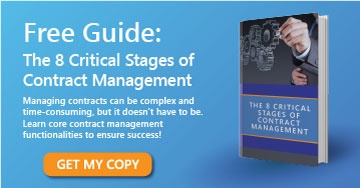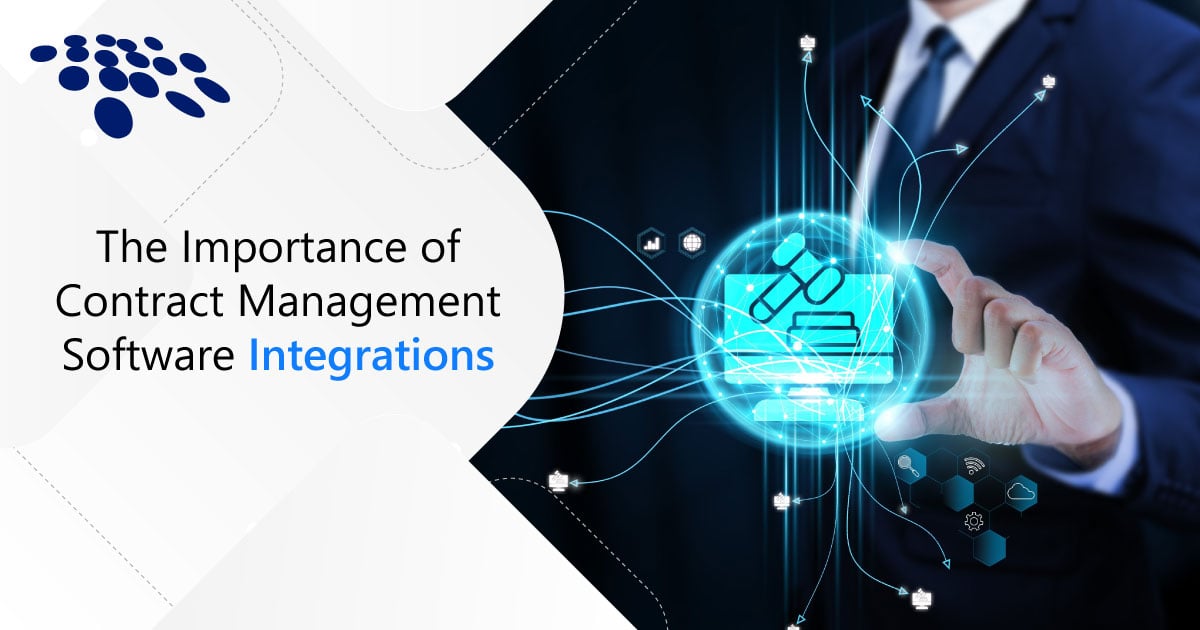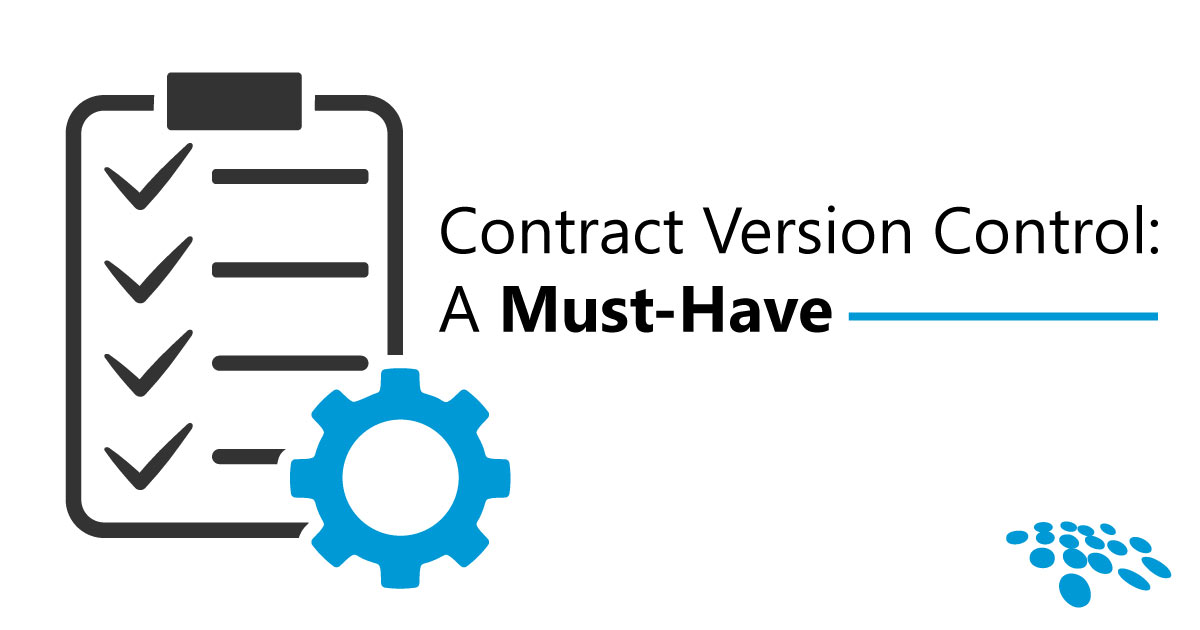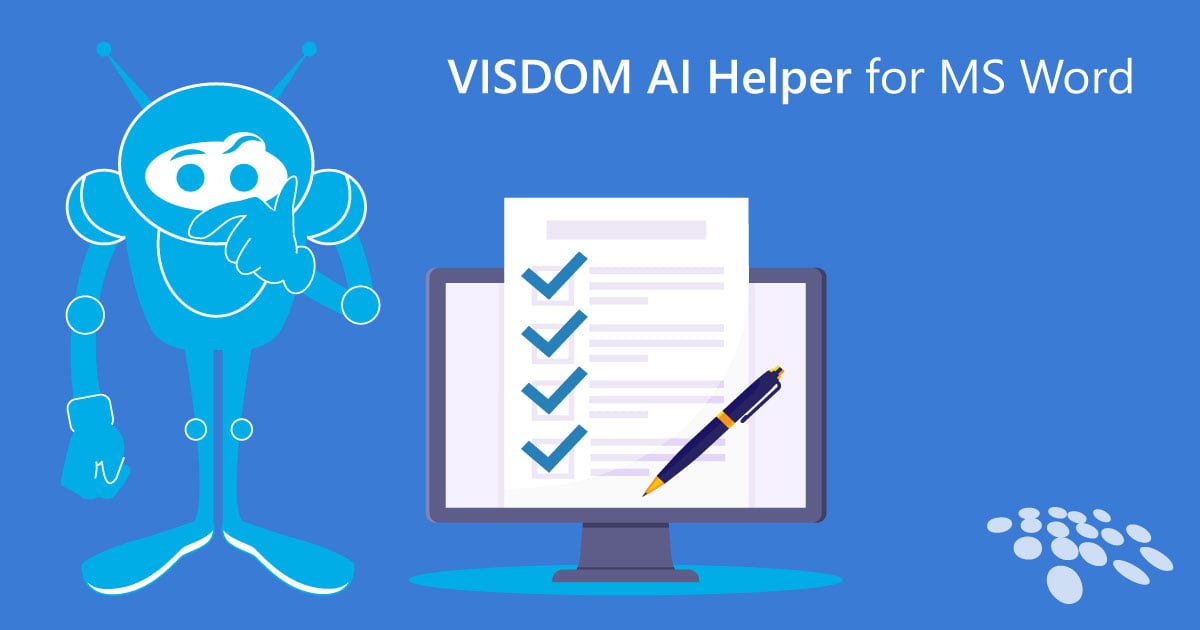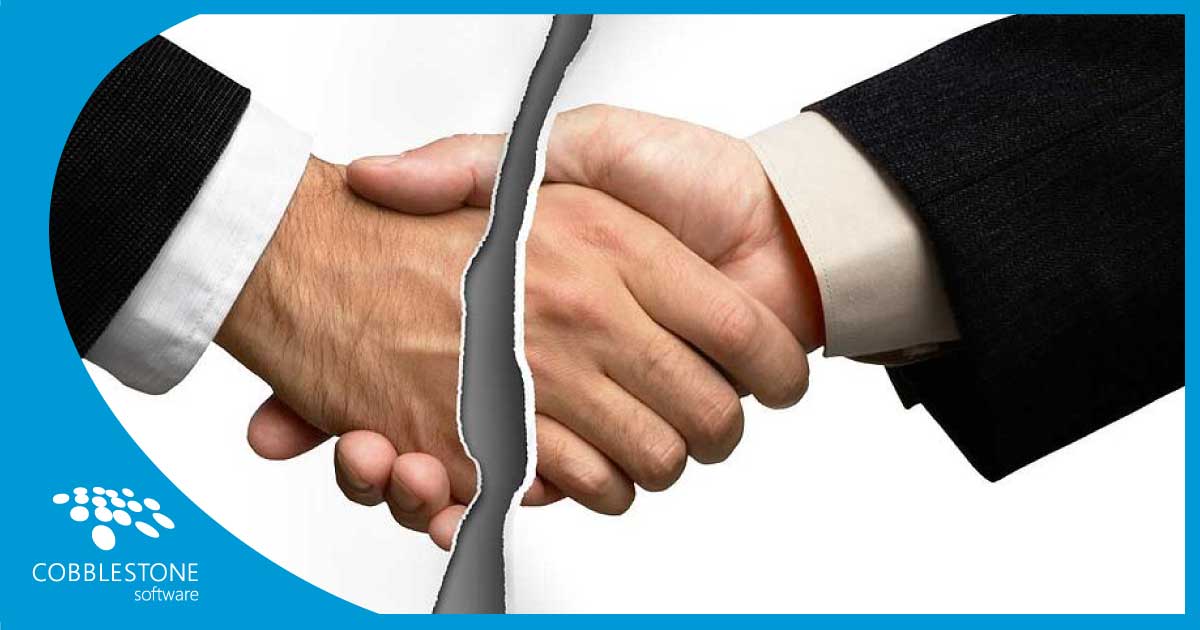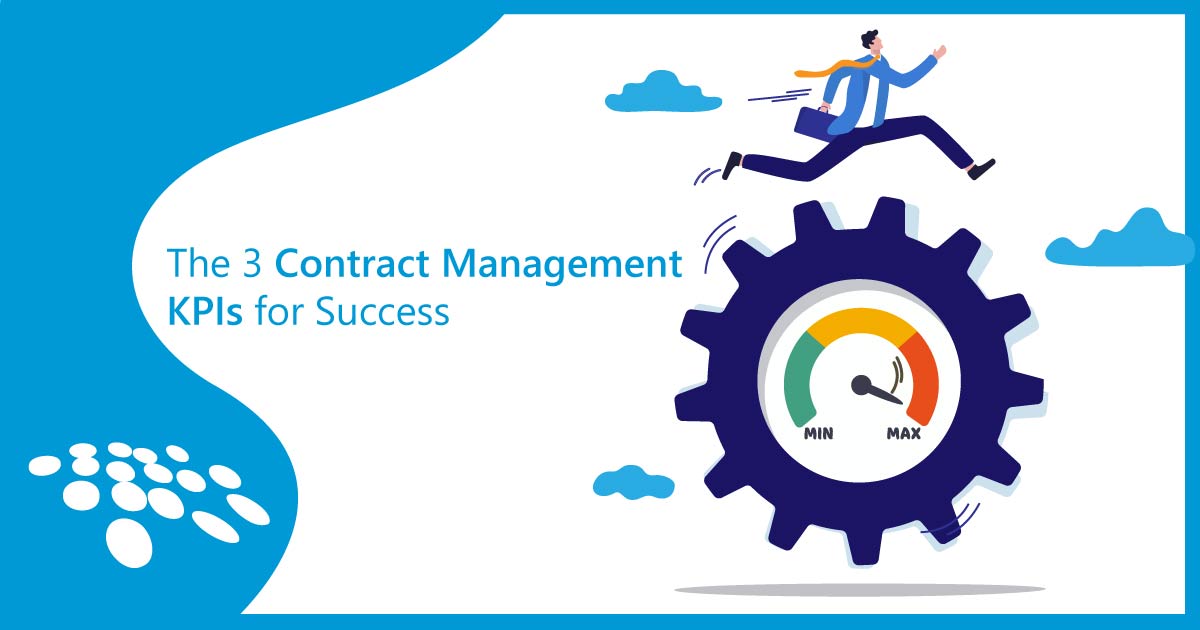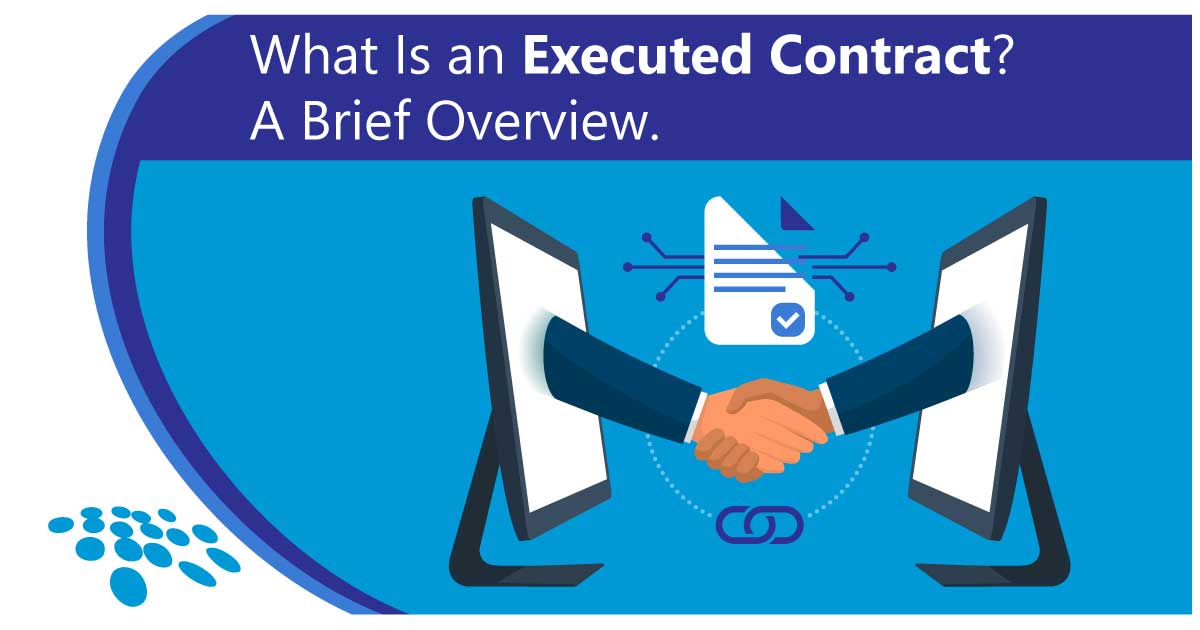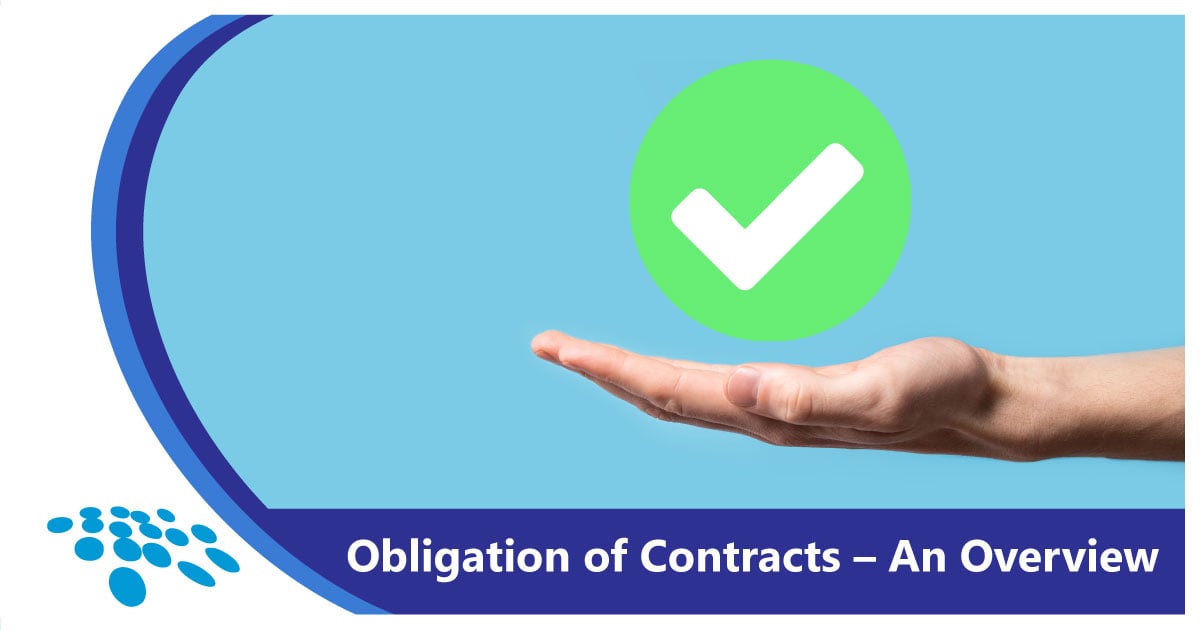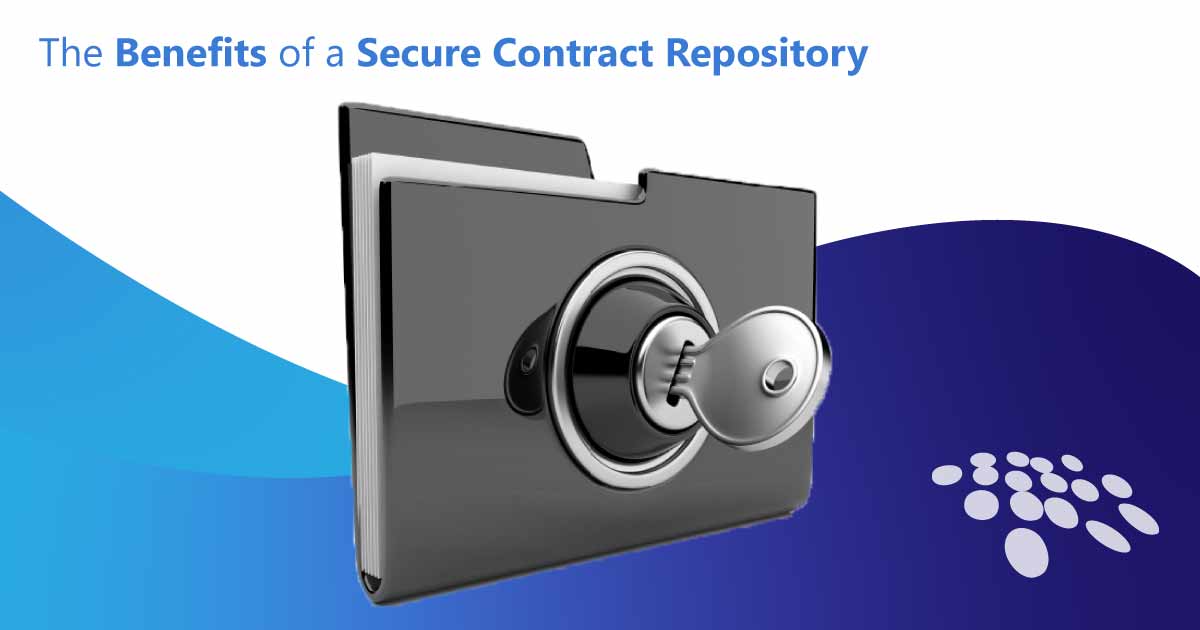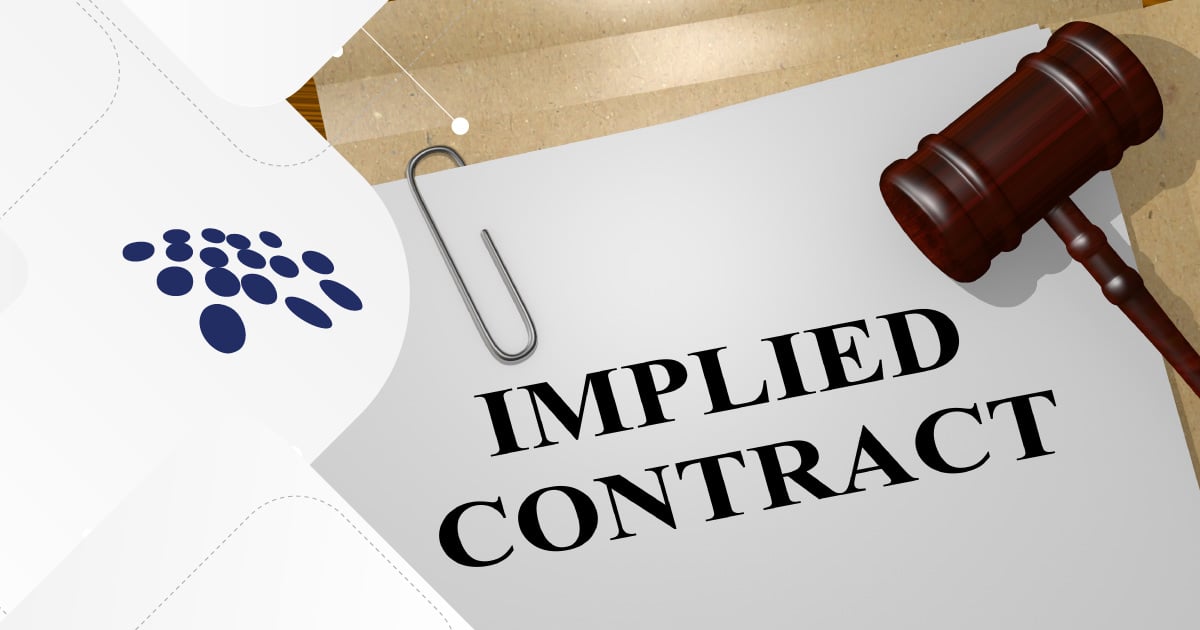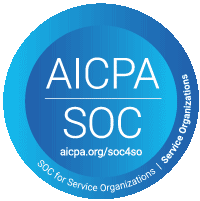
Electronic signatures can be challenging for contract, procurement, and legal professionals. The challenges may originate with electronic signature implementation, or they may come from the shift in focus from old processes toward the new experience, reliability, and scaleability that electronic signatures can contribute to your organizations’ digital transformation initiatives. Learn how to master e-signatures in this blog.
The Old Signing Process
The manual approach to obtaining signatures on documents can cause many challenges for organizations. Do the following scenarios sound familiar? You create a document, iron out negotiations, send the document for approval and signature…and wait. Or, you send a document for multiple third-party signatures and lose track of who has signed and who should be followed up with, delaying contract execution and potentially causing issues meeting obligations and compliance.
Signing can be considered the most important part of contract management, but manual signing processes are outdated and slow. The wet signature approach doesn’t provide a streamlined experience for internal or external parties. The direct and indirect costs of paper-based processes, administrative time, and mailing fees can become exorbitant. Ultimately, manual signing processes can put your organization at risk and can cause your organization to be viewed negatively for not offering a streamlined signing process.
Document and contract management built around old processes requiring printing, paper, mailing, wet signatures, and consistent follow up can delay contract execution. When organizations wait too long for signed documents to be returned they put vendors, customers, and partners that are hard to reach, slow to sign, and who make mistakes in the driver’s seat of their contract management process.
What is an Electronic Signature?
An electronic signature is a digital rendering of signatures that allows counterparties to sign a document online without having a hard copy of the document in their possession. Electronic signature software is needed to implement electronic signatures.
Signatures are a critical step in the contract lifecycle. Signature bottlenecks can cause delays with execution, meeting obligations, and meeting compliance standards, but electronic signatures can reduce send-to-sign time up to 20%.
How Do Electronic Signatures Work?
Electronic signatures facilitate signing a document through electronic signature software that uses encryption technology to verify the authenticity of the signature. The software makes the signing process easy, secure, and trackable down to the exact date and time of signing with IP address and machine identifiers.
What are the Benefits of Electronic Signatures?
The benefits of electronic signatures can be fully realized with electronic signature software. Companies that are losing time managing paperwork, that want to improve their reputation, and that need better archiving processes can benefit significantly because electronic signatures can:
- Save money: No more printers, paper, ink, freight, mailing, or travel costs will be incurred to get documents signed.
- Save time: No more time will be wasted with administrative costs to send, track, store, and follow up on documents out for signature.
- Provide enhanced security: Decrease processing errors and confidentiality breaches because electronic signatures provide an audit trail and are secure and legally binding.
- Improve business relationships: Streamline the signing process and make it accessible from anywhere, with any device. Stop missing critical deadlines.
Electronic Signatures and Contract Management Software
Electronic signatures integrated with contract management software can help organizations improve audit processes, increase visibility, and decrease fraud. Leading research has shown that electronic signatures can improve productivity by over 80% while reducing errors by more than 75%.
Make a case for e-signatures by leading a collaborative effort between your organization’s stakeholders, IT department, and legal department. Prepare the following information to get buy-in:
- Data that shows expenses around paper-based processes and staff time
- Identify how electronic signatures can improve the experience for internal and external parties
- Outline business requirements to meet the needs of partners, customers, vendors, and employees
- Create a plan to support compliance, internal process updates, and the internal technology upgrade
CobbleStone Simplifies the Signing Process
Contract Insight® with CobbleStone eSign helps organizations take control and transition from an outdated, inefficient signing process to electronic signatures. Our software seamlessly integrates with leading solutions including Adobe Sign.
Create, send, and sign documents in record time. Keep your customers, employees, and partners happy. Our fully configurable contract management and electronic signature software is the easiest way to sign and execute agreements. From merging fields and rules-based clauses, to intelligent workflows, online collaboration, and custom reports, to custom dashboards, automated reminders, and calendar alerts, to mass e-signatures; CobbleStone allows you to quickly and easily send documents for any request, bid, contract, vendor, employee, purchase order, or policy record.
Are you ready to master electronic signatures? See how CobbleStone Software can help with your digital transformation initiatives and improve your send-to-sign time with a free demo.
Take your contract management skills to the next level by reading additional blogs in the Mastering Contract Management Blog Series.



